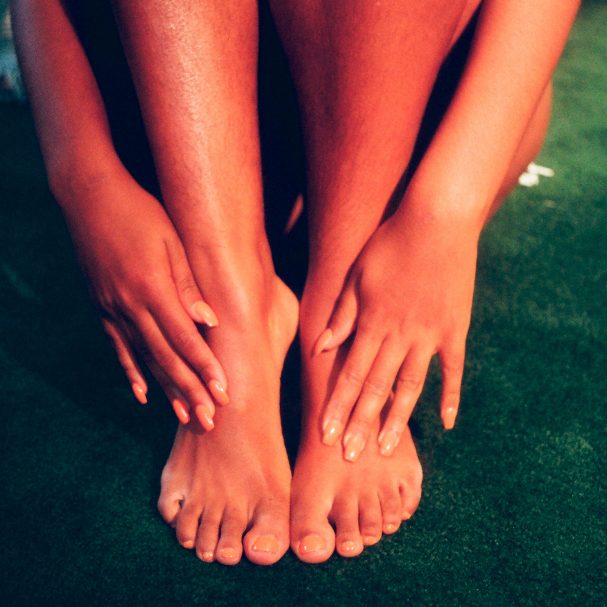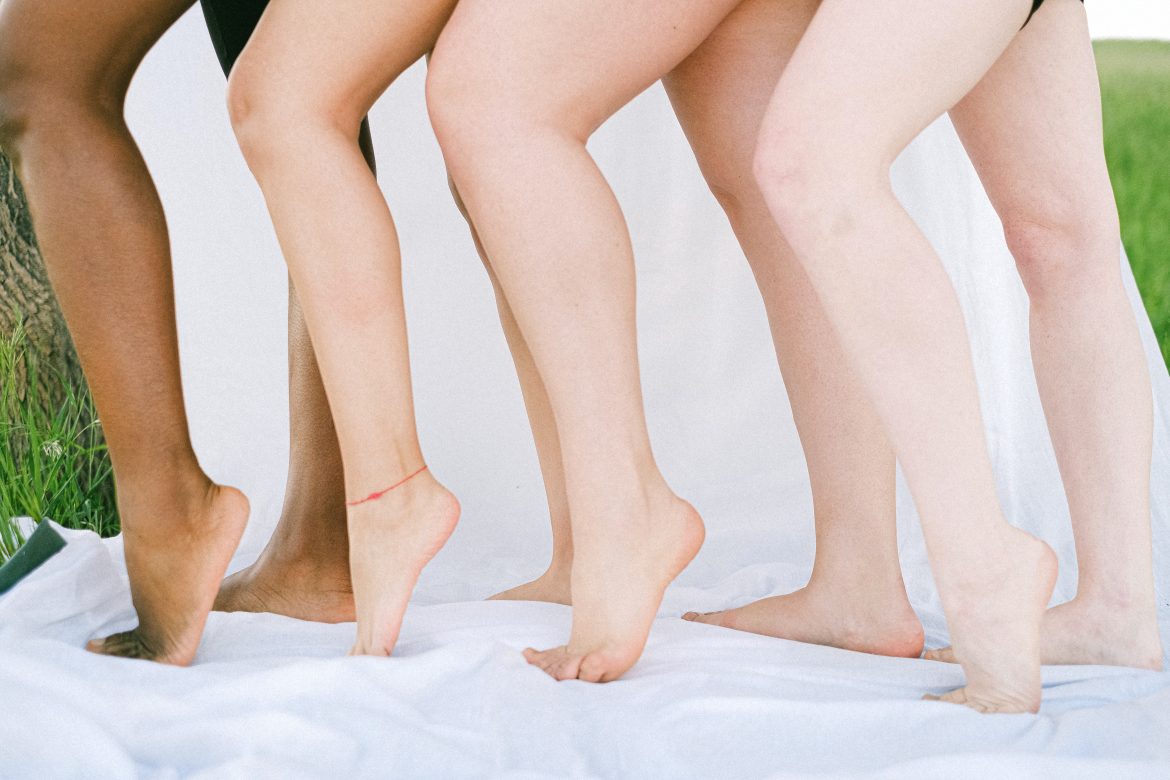I’ve been shaving since I was a teen and I thought I was doing just fine. But wow, did I learn a lot researching for this article! Turns out, I was doing a lot wrong. If you’re like me and razor burn, ingrown hairs, and itchy irritated skin still occasionally pop up after shaving then this guide is for you. Here is a step-by-step guide to get the best shave, on any part of your body.
Exfoliate
Before you even look at your razor we need to discuss the prep work. I’ve learnt that one of the major causes of razor burn (that red, sensitive rash your skin gets after shaving) is dead skin cells clogging up the razor blades which prevent you achieving that flush shave. Gently exfoliate beforehand to remove any dead skin cells and create a smooth canvas for shaving. Take extra precautions by rinsing the razor blades under clean water every now and then between strokes too.
A gentle exfoliation a day or two following is a good idea too, depending on how sensitive your skin is. Gentle exfoliation (and there’s a reason I keep saying gentle exfoliation!) helps new growing hairs not to curl and grow back into the skin (causing nasty ingrown hairs) and loosens any hair trapped beneath dead skin.
We should be exfoliating weekly anyway, read up why here.
Razor blades
It’s time to pick your weapon! The choices out there are endless which can be overwhelming. Unfortunately I can’t help you much in what to buy. You have to go with what suits your pocket and skin best. However it is good to choose a multi-blade razor if you’re going the disposable route. The heads should be replaced after every 5th or 6th shave and will give you a great shave every time if you look after it well. After using your razor blade, rinse under clean water, softly dab with a towel to dry and store away from moisture until you use it again.

Shaving cream
Most women I know don’t use a shaving cream, and it’s probably where many of us are going wrong. No, using soap is not a worthy swop – as I have recently learnt. Soap just clogs up the razor blades, and clogging up the razor blades we now know is what causes razor burn. Using a shaving cream will give you a close shave, minimise bumps or redness and especially assist in those sensitive tricky areas like underarms and bikini lines. Some shaving creams can contain alcohol so read the ingredients if you have sensitive skin as this can cause dryness. If you are not into the idea of adding yet another product to your bathroom, experts say you should at least reach for conditioner or coconut oil which will have a similar effect to actual shaving cream.
Ok, we’re going to get shaving now…
Don’t shave as soon as you get into the shower or bath! Let the warm water soften your hair and open the hair follicles first, this will make shaving much easier, give you a closer shave and ensure as little post-shave niggles as possible. Shave in the direction that your hair grows in, it really is important to do! Often we think shaving the opposite way will result in a closer shave, but if you’ve followed this step-by-step guide to shaving then going with the hair growth rather than against it will give you the best results. The main reason: you’ll avoid a main cause to ingrown hairs that ultimately go red and inflamed.
Once you’re done, pat the shaved skin dry and follow with a moisturiser that will calm down any sensitivity and keep your skin supple. This goes for shaving any area, even your underarms need hydration! After all my researching I only feel safe to recommend aloe vera here: it’s anti-irritant properties cover anything that may come from shaving, and it’s ultra-hydrating but won’t clog up the skin that is quite exposed right now. Plus aloe vera is readily available across all price ranges too.

Here’s to clean, close shaves in our future! Further reading over here.

